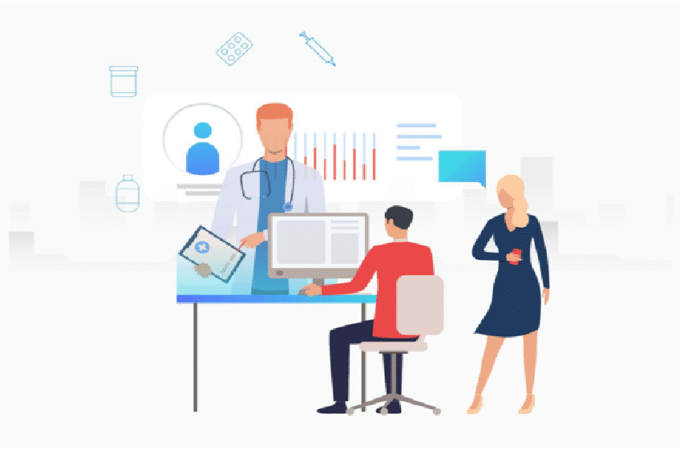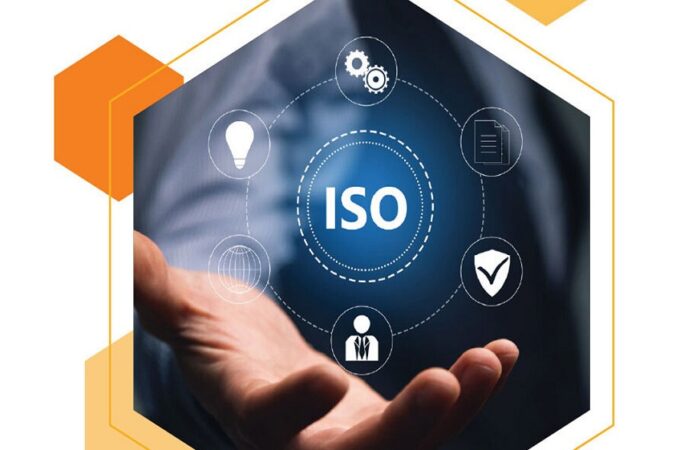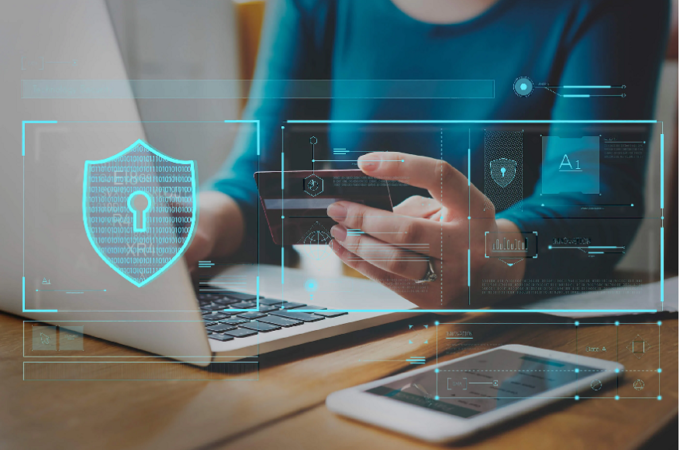
The Future of Demand Generation, According to Our B2B Marketing Agency Experts
The future of demand generation in B2B is rapidly shifting away from broad, high-volume lead capture toward precision-targeted, personalized, and intent-driven engagement. Our experts see demand generation transforming into a discipline focused entirely on building pipeline predictability and quality, driven by technology and deep alignment with sales.
1. Hyper-Focus on Intent and Account-Based Experience (ABX)
The era of relying solely on form fills is ending. Future demand generation will prioritize engaging known accounts actively showing buying signals.
- Intent Data Dominance: Agencies will increasingly leverage third-party intent data (tracking topics prospects are researching across the web) and first-party intent (website visits, content downloads) to identify which accounts are in market right now. Demand gen activities will be triggered only when high intent is detected.
- Shifting to ABX: Traditional Account-Based Marketing (ABM) is evolving into Account-Based Experience (ABX). This means the agency won’t just target an account with ads, but will personalize every touchpoint—website content, email outreach, ad creative, and sales talking points—to deliver a seamless, relevant journey.
- The Dark Funnel: Demand generation will acknowledge and embrace the “Dark Funnel,” where prospects conduct most of their research anonymously on social media (like LinkedIn), communities, and forums. The strategy shifts to creating demand and capturing intent through highly valuable, un-gated content that earns trust and authority.
2. Automation and AI for Personalization at Scale
Artificial Intelligence (AI) and sophisticated Marketing Automation Platforms (MAPs) will become non-negotiable for competitive B2B marketing agency demand generation.
- Generative AI for Personalization: AI will be used to generate personalized content variations (email subject lines, ad copy, landing page headlines) based on the recipient’s persona and stage in the buying cycle, allowing agencies to scale one-to-one communication.
- Predictive Lead Scoring: AI will move beyond simple rule-based scoring to predictive scoring, analyzing hundreds of data points (firmographics, intent, engagement history) to forecast which leads are most likely to convert into pipeline. This ensures sales resources are spent only on the highest-probability targets.
- Automated Content Creation and Curation: AI tools will assist in rapidly curating relevant industry news and generating first drafts of technical content, freeing up human strategists to focus on high-level strategy and complex analysis.
3. Unifying Demand Generation and Sales Pipeline
The future demands complete operational and data unity between marketing and sales.
- Shared KPIs: The key performance indicators (KPIs) for demand generation will fully align with sales metrics, focusing on pipeline value, deal velocity, and marketing-attributed revenue, not just lead volume.
- Deep CRM Integration: Agencies will ensure the CRM (e.g., Salesforce) is the single source of truth, with sophisticated multi-touch attribution models accurately showing which marketing efforts influenced every closed-won deal.
- Sales Enablement Focus: Demand generation’s job will extend to providing the sales team with precise, contextual data (e.g., What content did the prospect view? Which competitors did they research?) and tailored assets necessary to move a deal forward effectively.
In essence, the future of demand generation is about becoming smarter, quieter, and more effective—generating high-quality pipeline through strategic, data-led engagement rather than simply casting a wide net.





